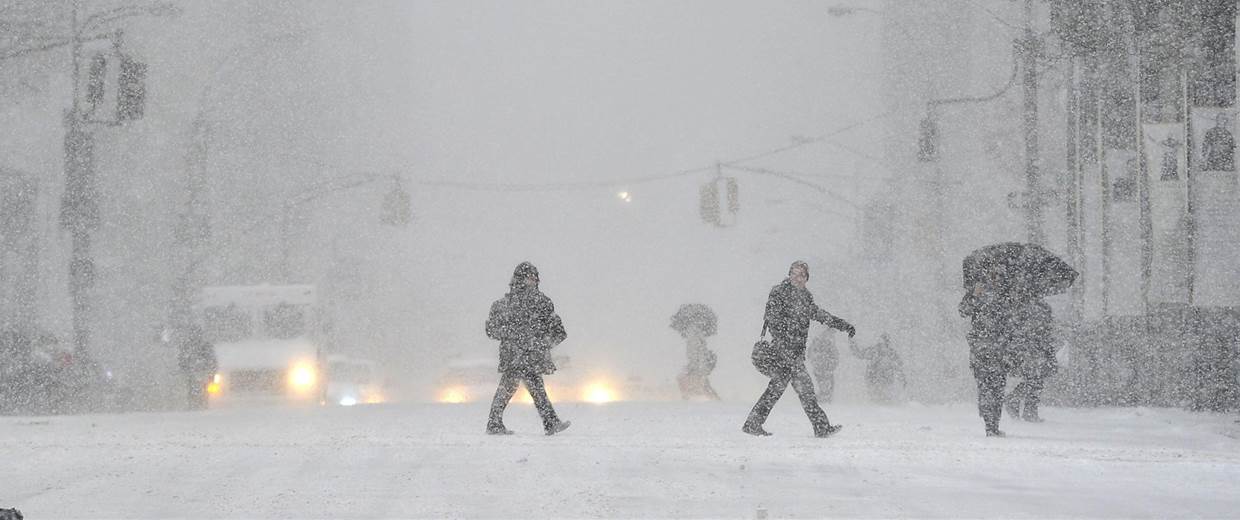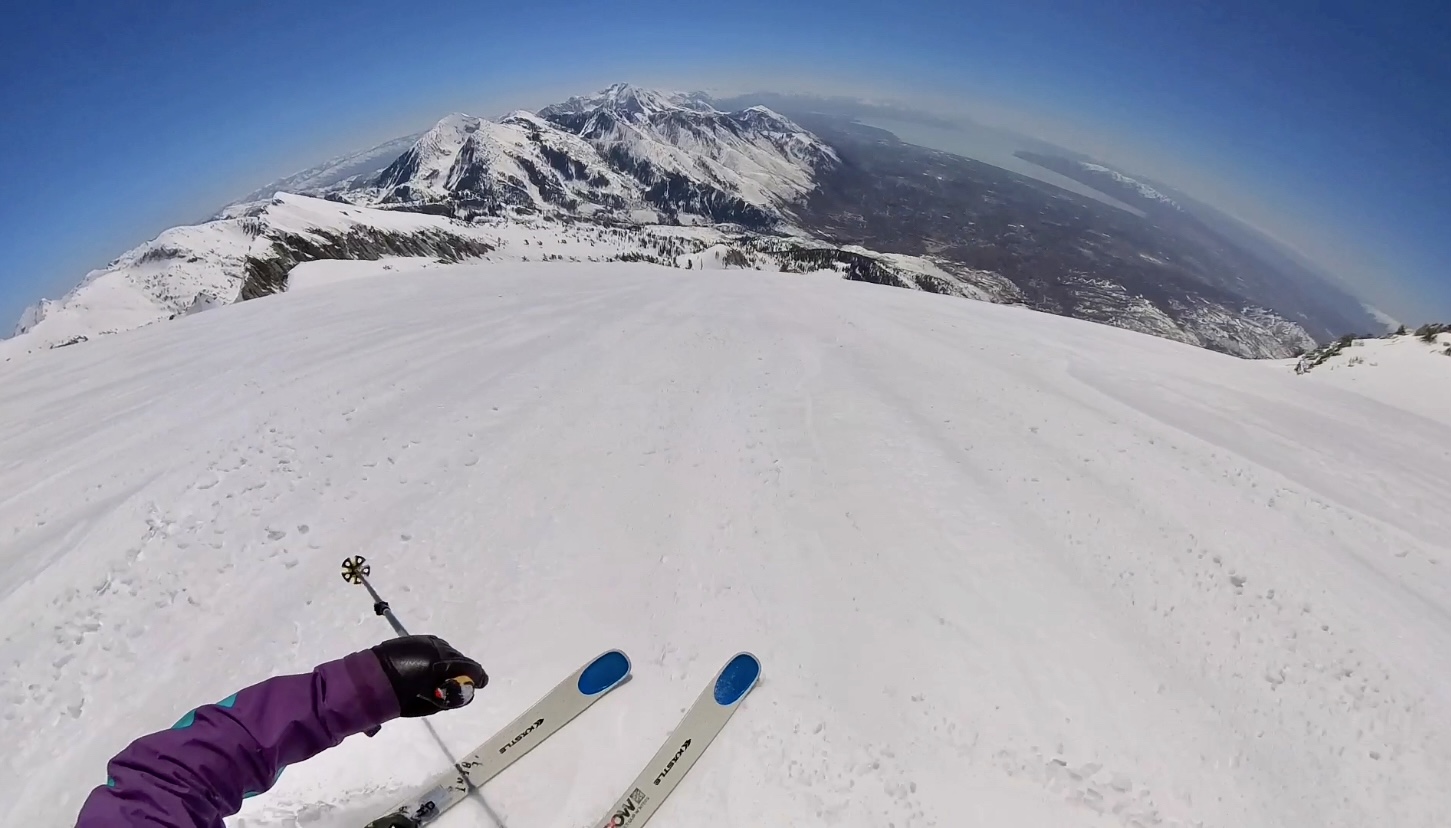
When talking about the impending winter season with it’s cold spells and snowfall potential, there are two types of people: those who enjoy it and those who can’t wait for winter to be over. If you’re a scientist trying to decipher the cause of recent severe winters, there’s generally been two sides as well. One side believing it’s the result of the natural variability in the jet stream and the other convinced it’s related to global warming. For the first time the two camps are beginning to see eye to eye. A new study suggests how climate changes in the Arctic and severe cold weather in the US and UK are related.
Researchers from Sheffield University’s Department of Geography in England along with the beacon of authority on all things weather in the US, the Oceanographic and Atmospheric Administration (NOAA), have banded together to sort things out, scientifically. It all hinges on the jet stream. Previous studies have shown that when there is a strong jet stream flowing west to east, we tend to see more typical winter weather in the midlatitudes e.g, New York and England. But, when the jet stream follows a wavy pattern, Arctic air is pushed farther south than typical, resulting in abnormally prolonged cold blasts for those regions. And a slew of unhappy people.
The Arctic Effect:
“We’ve always had years with wavy and not so wavy jet stream winds, but in the last one to two decades the warming Arctic could well have been amplifying the effects of the wavy patterns. This may have contributed to some recent extreme cold winter spells along the eastern seaboard of the United States, in eastern Asia, and at times over the UK (e.g. 2009/10 and 2010/11).”
Edward Hanna, lead researcher from the University of Sheffield, UK

Credit: New Scientist
For further information peruse the original study, “Nonlinear response of mid-latitude weather to the changing Arctic” published in the journal Nature Climate Change.




